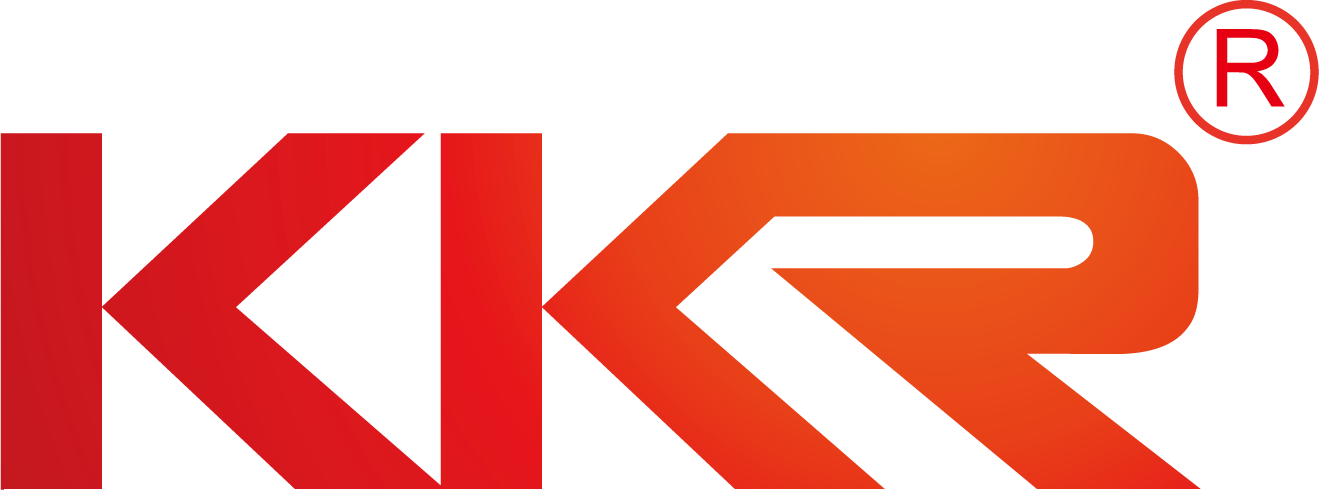 KingKonree - Solid Surface Manufacturer of Sanitary Ware, Solid Surface Countertops & Sheets for over 25 years, innovation in moulding and thermoforming
KingKonree - Solid Surface Manufacturer of Sanitary Ware, Solid Surface Countertops & Sheets for over 25 years, innovation in moulding and thermoforming
the one hour project : accessories give bathroom a tailored look : wall-mounted items such as towel racks and soap dishes are easy to install.
Towel rack, soap dish, toothbrush holder, paper cup dispenser, pull-
Took out magnifying glass and zhua gang-wall-
Installation accessories like this can make a difference between the bathroom and the bathroom that really suits your needs.
Fortunately, if you don\'t have these finishing touches in your bathroom, you can add them quickly on your own.
The installation system varies from simple to simple.
Adhesive: many small, light
Duty accessories such as towel hooks and cup dispensers can be fixed in place with heavy adhesive or double adhesivefaced tape.
This type of attachment usually comes with the adhesive contained in the package.
Just clean the area where the accessory is installed and then follow the packing instructions.
Surface mounting: this is the most common technique to add accessories to the finished wall.
It relies on one or more metal clips fixed with screws.
If the accessories must bear heavy objects--
Grab a bar is a good example. -
You should plan to push these screws directly into the wall nails.
But for most other accessories, you can sink the screws into a normal plastic screw anchor.
In any case, you have to start the work with carbide
Pointed masonry bit.
This is the only way you can drill the tiles.
If you will be using a plastic screw anchor, please get a size that matches the anchor.
If you intend to screw directly onto your bolt, it is slightly larger than the diameter of the screw.
Use this just to penetrate the tiles.
Then switch to the smaller size to pre-drill the screw.
Most of the accessories come with paper templates to help you locate the screw holes accurately.
Plan your fixture placement carefully.
Try to arrange something so your mounting holes are near the center of the tile.
This looks better than off-
Center installation and reduce the possibility of tile breakage when you drill into the tile.
If there are no screws on the accessories-
I like to make hole templates myself.
I just nailed a heavy piece of paper to the wall with rubber cement, then leaned the mounting clip against the wall and marked the hole with a pencil.
This is better than marking directly on the tile and the paper helps to prevent the drill bit from slipping.
Start drilling with light pressure and low speed.
This will give you good control and help to prevent cracking.
Once you have passed through the hard surface glazing, you can increase the drilling speed and pressure to a certain extent, but don\'t be impatient.
After drilling, screw the installation clip in place.
Tighten the screws, but don\'t over-
Tighten, otherwise the tile may crack.
To complete this work, attach the attachment to the clip.
Ceramic accessories generally just slide onto the clip.
Metal Accessories are stuck in place, usually fixed with a small fixing screw, hidden outside the field of view at the bottom edge.
Tighten this screw with a small screwdriver and the work is done.
Flush Setting: this type of fitting is fixed to the wall with frankincense or plaster.
They are sized to replace the standard tiles and usually rise when the tiles are made.
But if you\'re willing to crop one or more existing tiles to make room, you can also add them to the existing walls.
You can use flush sometimes.
Install accessories to repair broken tiles.
If the tile is located where the accessory makes sense, if you can\'t find a matching replacement tile, this trick can get you out of the tricky situation.
Most tile installers like to install flush
Install fixtures with Paris plaster instead of adhesive or frankincense.
Mix a small amount of plaster into a creamy consistency, hard enough to form a peak in a bowl.
A quarter-
Stick its inch coat on the back of the accessory and put it firmly in place.
Wipe off the oozing plaster.
Then, to be safe, fix the attachment in place with a few strips of tape, as shown in the figure.
Let it dry overnight, then grout around the edge of the attachment, or seal the joint with color
Matching silicone bathroom caulking agent.
If you are adding flush-mounted attachments to the already tiled wall, or to replace the cracked tiles, remove the old tiles that the attachment will be placed with care first.
Tap it and break it, then pry it loose with a hard putty knife.
Clean up the wall behind and scrape off any remaining adhesive or mud.
Then fix the attachment in place.
I like to use a silicone filler.
Just squeeze out a free amount on the back of the accessory and press in place.
Wipe away any squeezeout (
Silicone is hard to remove once it is on the sleeve)
And fix it overnight with tape as described above.
The next day, seal the edge of the attachment with a silicone filler to complete the work.
There is only one warning: if you are installing flush-
Install the towel and don\'t forget to put it in the stand before you fix it in place.
Once the brackets are on, there is no way to get the bar in place.

